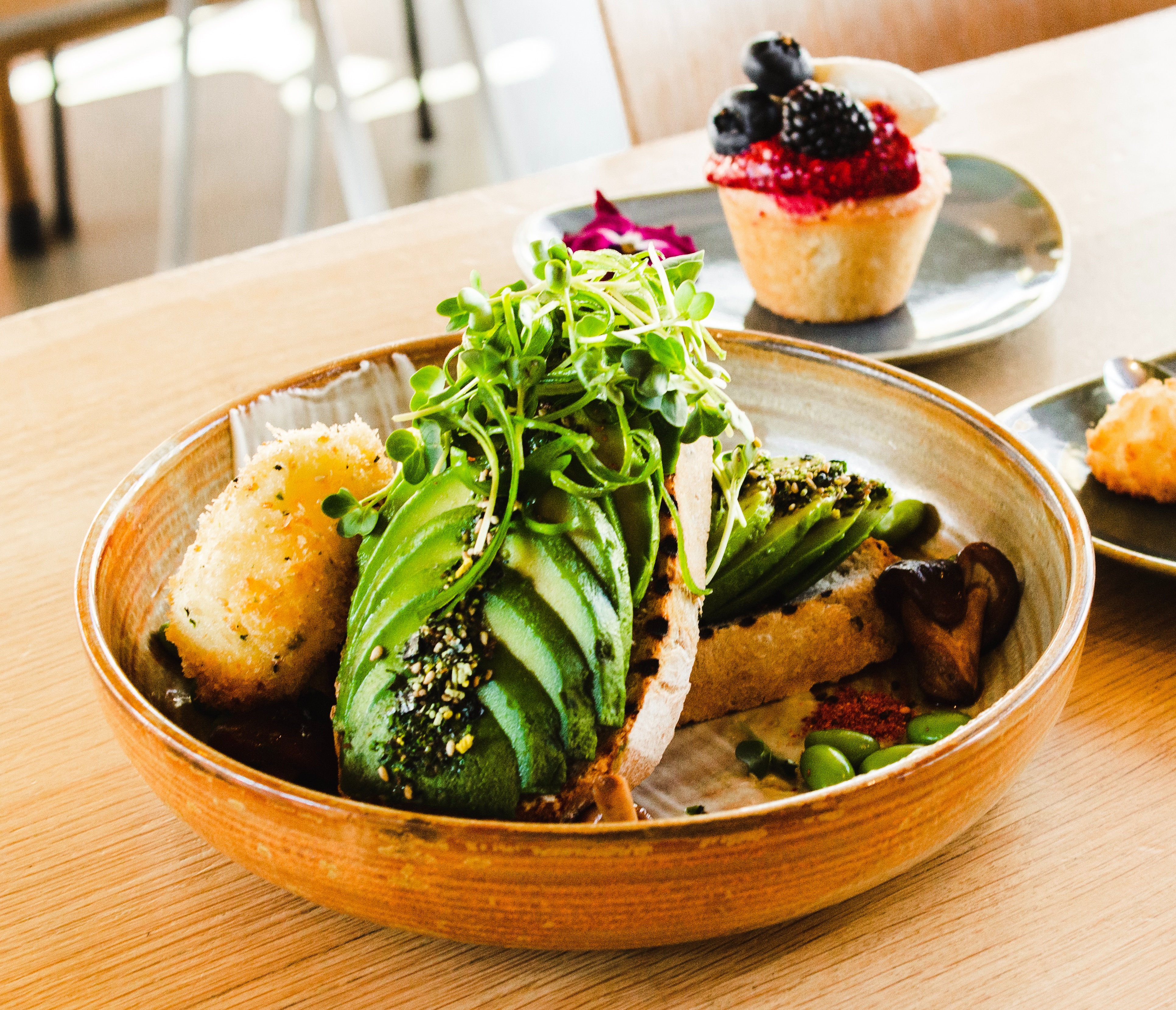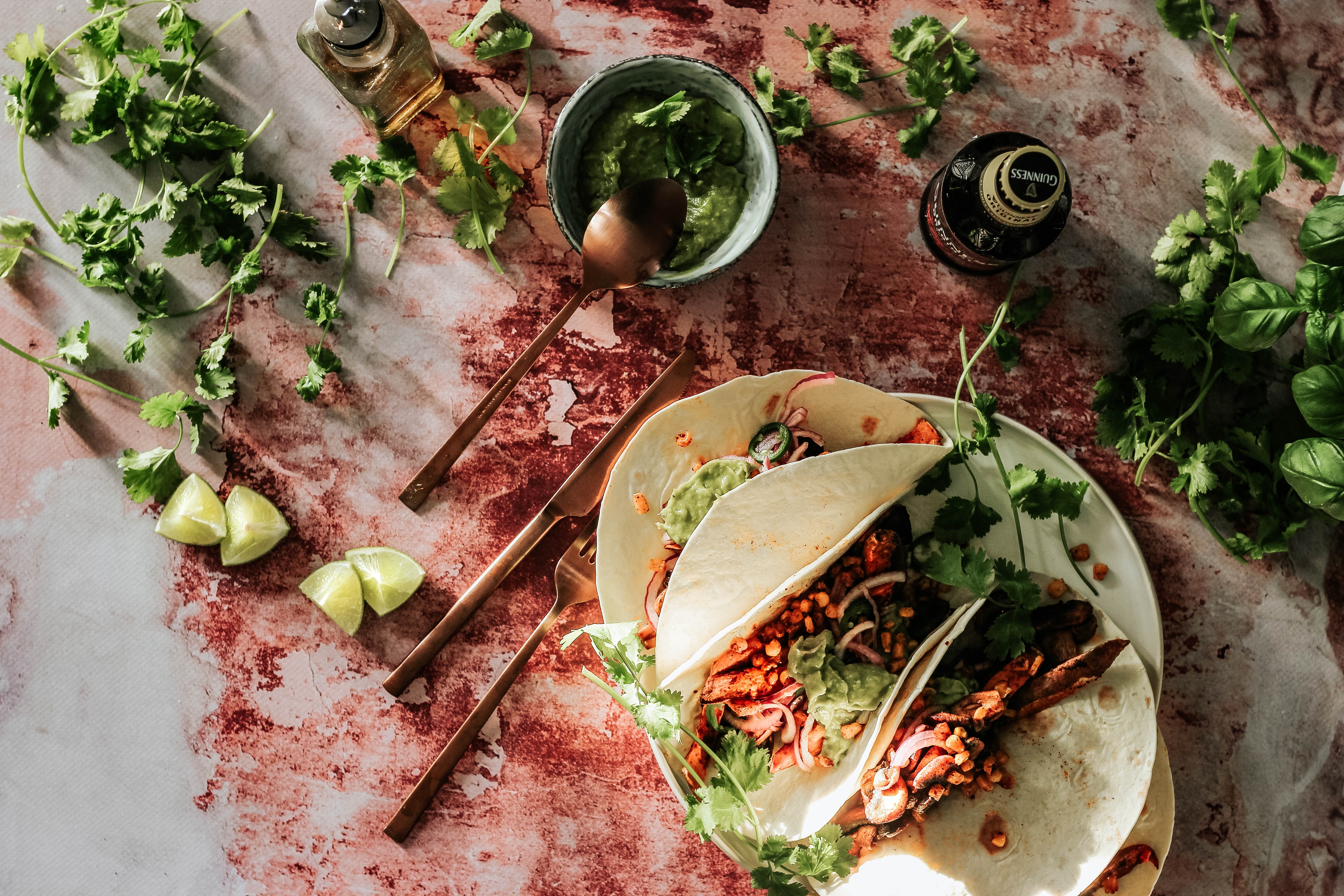Keto Sandwich Revolution: Innovative Recipes for a Low-Carb Lifestyle
Dec 08, 2023
Introduction:
In the realm of low-carb living, the quest for satisfying meals often leads us to innovate and recreate classic favorites. The keto diet, known for its carb-conscious approach, doesn't mean sacrificing flavor or creativity. In this blog post, we'll embark on a Keto Sandwich Revolution, exploring innovative recipes that cater to both the desire for a sandwich fix and the commitment to a low-carb lifestyle.
On a ketogenic diet, achieving ketosis—where your body burns fat instead of carbs for fuel—requires strict carb control. Health experts typically advise keeping net carbs (total carbs minus fiber) below 20-50g per day. Traditional sandwiches, with a single slice of bread packing 20-30g of carbs, pose a challenge. Yet, with creativity, you can reinvent this classic meal into innovative, low-carb alternatives.
- Ditching the grains
By ditching the grains, you open up numerous possibilities for reinventing the sandwich in low-carb form. Vegetables like sliced cucumbers, zucchini or cabbage leaves make tasty wraps that are low in carbs yet hearty enough to contain fillings. For a more traditional "bread" sandwich experience, butterhead lettuce or Romaine leaves work beautifully as a crunchy, carb-free base while still providing texture.

Photo by Louis Hansel on Unsplash
- Keto-friendly fillings
Beyond the vessel, sandwiches composed of high-protein, low-carb ingredients will better support ketosis compared to standard fare. Look to sandwich shop classics like BLTs, chicken salad, egg salad or Italian-style combos involving salami, olive and cheese for keto-friendly inspiration. Seafood or poultry, paired with vegetables and healthy fats like avocado or pesto, make satisfying open-faced creations. Meats like pulled pork, chicken or beef thinly shaved also work wonders in wrap or leaf creations.
- Flavor enhancers
Some people new to keto worry that low-carb sandwiches will lack flavor. However, herbs, spices, spreads and sauces can enliven any creation. Whip up flavorful dips like tangy ranch, spicy mustards or pestos. Top or stuff fillings with arugula, spinach, pickled veggies or coleslaw. Consider adding crisp bacon bits, toasted nuts or seeds. Allow natural flavors to shine through by opting for fresh, high-quality ingredients wherever possible.

Photo by micheile henderson on Unsplash
- Craving Crunch
For those missing the satisfying crunch of a traditional sandwich, consider crispy alternatives that won't compromise your low-carb commitment. Pork rinds, cheese crisps, or even baked kale chips can add that delightful texture to your sandwich experience without the added carbs.
- Beverage Boost
Pairing your low-carb sandwich with the right beverage enhances the overall experience. Opt for unsweetened iced tea, sparkling water with a twist of lemon or lime, or a refreshing herbal infusion. Avoid sugary drinks to stay in line with your keto goals and keep the entire meal satisfyingly guilt-free.

Photo by Honey Fangs on Unsplash
As we embark on this culinary journey, it's essential to acknowledge the advancements that make the keto lifestyle even more accessible. The SiBio KS1 Continuous Ketone Monitoring (CKM) System stands as a beacon of progress, offering real-time tracking of ketosis through SiBio app. With 24-hour, uninterrupted usage, waterproof and sweatproof design, and the elimination of finger sticks, the SiBio Ketone Monitor empowers individuals to monitor their ketosis journey seamlessly.
Conclusion:
In conclusion, whether you're using lettuce wraps, nut flour "bread," or enjoying pork rinds, the Keto Sandwich Revolution is more than just recipes—it's a celebration of choice, flavor, and tools that make a low-carb lifestyle achievable and delightful. Embrace innovation, savor flavors, and let the SiBio KS1 CKM be your companion on the path to ketonic success. Cheers to a carb-conscious, sandwich-filled adventure!
FAQ:
Q: Is it important to eat breakfast on keto?
A: While not mandatory, breakfast can benefit many on keto. Eating breakfast ensures adequate daily nutrition and prevents cravings from long fasting periods. For blood sugar control, fueling up in the morning gets digestion started earlier. Overall, low-carb, nutritious breakfasts set the stage for achieving and maintaining ketosis goals.
Q: Which is better for breakfast carbs or protein?
A: On a ketogenic diet, prioritizing healthy fats and moderate protein over carbs is typically recommended. This helps maintain ketosis, where the body burns fat for energy. While protein is essential for muscle health, excessive intake may hinder ketosis. A balanced keto breakfast, with emphasis on quality fats, moderate protein, and minimal carbs, supports sustained energy and promotes overall well-being.
Q: Can I eat nuts for breakfast on a keto diet?
A: Nuts make a nutritious and keto-friendly breakfast. Rich in healthy fats and moderate protein, options like almonds, walnuts, and macadamia nuts provide sustained energy. However, watch portion sizes as nuts contain carbs. A small serving, such as a handful, adds crunch and flavor to your keto breakfast, whether in a bowl, with yogurt, or as a convenient on-the-go snack.
Q: What beverages are suitable for a ketogenic breakfast?
A: Opt for keto-friendly beverages like water, black coffee, unsweetened tea, or sparkling water to complement your ketogenic breakfast. These choices hydrate and support ketosis without adding unnecessary carbohydrates.
Q: Can I have fruit juice on a ketogenic diet?
A: It's advisable to avoid fruit juice on a ketogenic diet due to its high carbohydrate and sugar content. Fruit juices can quickly exceed daily carb limits, hindering the goal of maintaining ketosis. Opt for water, unsweetened tea, or infused water for hydration without compromising your low-carb lifestyle. If you crave fruit flavors, consider adding a twist of lemon or lime to your water for a keto-friendly alternative.
